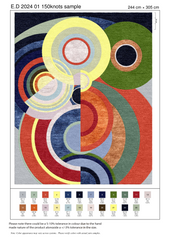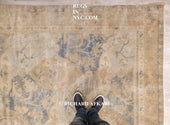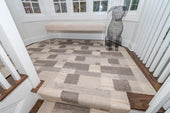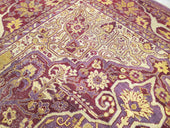Chinese Antique Furniture: Bring Timeless Charm to Your Home
Introduction
New York City is a hub of cultures and a global center for commerce but it is also famous to find exquisite pieces of history. Ranging from intricately carved Ming dynasty chairs to Qing dynasty lacquered cabinets, the city has got a treasure trove for furniture enthusiasts and collectors alike.
A History of Chinese Furniture: A Legacy in Wood
Chinese furniture has a long and deep roots dating back thousands of years. Early pieces were crafted from indigenous hardwoods like rosewood, elm, and huanghuali wood that enhance the furniture’s beauty and durability.
Early designs of these furniture focused more on clean lines, simple joinery techniques like mortise and tenon, and a focus on functionality.
The decorative elements got added over time, with Ming dynasty (1368-1644 AD) known for its classic and elegant pieces featuring intricate joinery and subtle use of bronze hardware. The Qing dynasty (1644-1912 AD) saw a rise in more decorative styles, with the use of lacquer, mother-of-pearl inlay, and intricate carving becoming more prominent.
Where to Buy Chinese Antique Furniture in New York
Buy Chinese antique furniture in New York from a variety of reputable sources:
Antique Sources
Multiple established antique stores in New York provide Asian antiques that offer a curated selection of Chinese furniture. The stores generally have knowledgeable staffs who acnm provide you detailed information about origin, age, value of a piece.
- Go for established businesses having a proven track record
- Be familiar with the store’s return policy and guaranteed offers
Auction Houses
A wide section of auction houses in New York City occasionally holds auctions that feature Asian art and antiques. This can be a good option for finding rare or high-value pieces.
- Have a thorough research about the auction house beforehand
- Set a budget and stick to it
Online Marketplaces
There are multiple online platforms that offer a wide range of Chinese Antique Furniture. This is convenient, buy you need to be careful before buying them online.
- Consider buying only from reputed seller with good reviews
- Ask for detailed photos and descriptions of the furniture
- Consider having the piece inspected by a qualified appraiser before making a purchase
How to Identify Authentic Chinese Antique Furniture
When you buy Chinese antique furniture in New York you need to have an eye for detail and good knowledge of the type you are looking for.
- Wood Type: This type of wood is a great indicator of age and value. Rosewood, huanghuali wood, and zitan wood are some of the most sought-after woods used in Chinese furniture making.
- Joinery Techniques: Early Chinese furniture generally used traditional joinery techniques like mortise and tenon, which are usually strong and visually appealing.
- Hardware: Look for bronzed hardware that has aged naturally and complements the style of the piece.
- Carving: Intricate and detailed carving can be a sign of craftsmanship and value, but be wary of overly intricate or recently-added carvings.
- Patina: Unique antique furniture will develop a patina over time which is a natural aging process giving the wood a warm and mellow appearance.
Considerations Before You Buy
Before you buy Chinese antique furniture in New York, consider these factors-
- Budget: The prices of antique furniture can vary as per age, rarity, condition, and style. So, choose wisely.
- Condition: Look for the condition of all pieces, the one that requires minimal repairs or if they are having cracks.
- Restoration: Prepare yourself to bear the potential restoration costs if the piece requires one.
A Timeless Investment
You invest in history, when you buy Chinese antique furniture in New York, as their craftsmanship, and timeless beauty is irreplaceable. By researching carefully, with a discerning eye, and a bit if patience, you will be able to find a unique piece that will add character and elegance to your home for generations to come.
Visit our New York store and bring home a piece of history.








